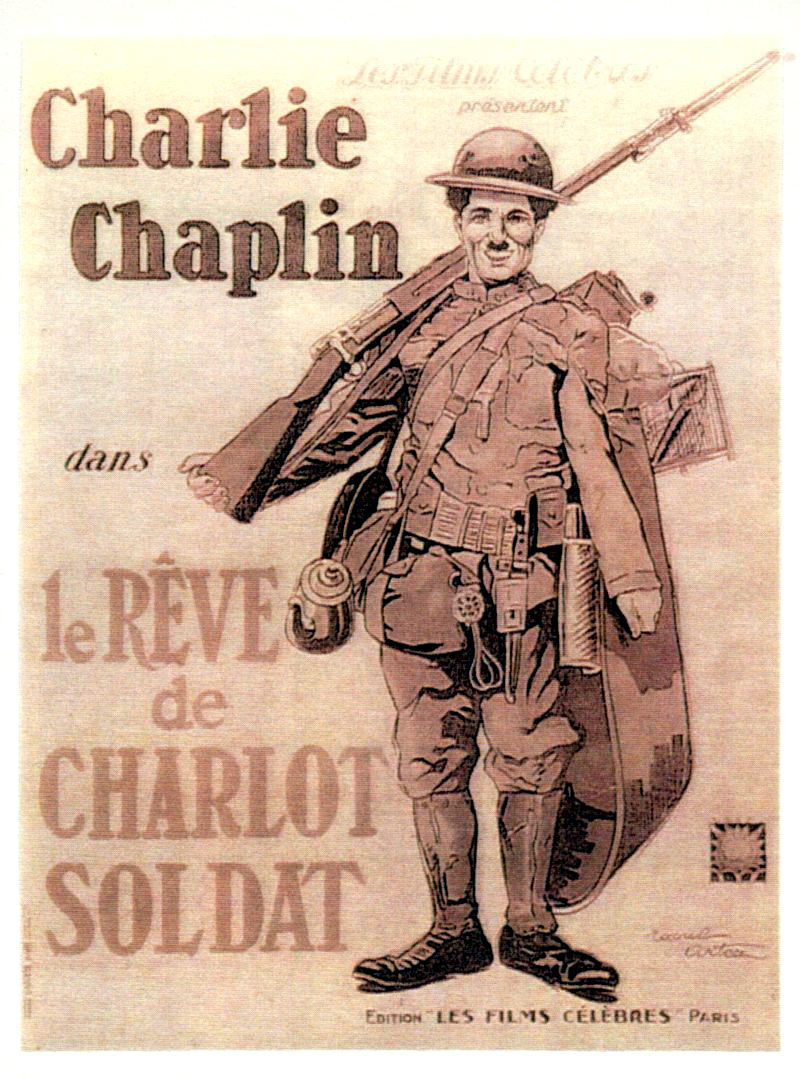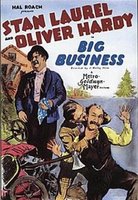
From time to time this German count likes to go out of Schloss walls and the humidity. So Herr Count goes “in incognito” in order to feel risky emotions and something similar to human feelings in his pale skin. Going to Prussian soirées or flirting with fat and rich German heiresses it is not a thrilling pastime, certainly. If there is an opportunity, for example, to watch a silent film including a musical performance in a ordinary theatre that belongs to a wild city situated in a distant Country, well, such unique happening must be seized. For this reason this German aristocrat gave strict orders to Otto, the Schloss chauffeur, to clean and repair the engine of the old Hispano-Suizo car in order to going travelling from Germany to the Galician country, the place in were some early silent films will be shown. It was a long and frightful trip, certainly..
That occurrence happened the last Wednesday 24 in the Galician capital city, Santiago de Compostela, a dangerous town crowded with university students who obviously are longhaired youngsters. In an elegant theatre was shown three early Galician films. Also were two documentaries and a fiction film that were recently restored by the C.G.A.I. (Galician Film Archives); different oeuvres who have an important archaeological interest more than artistic merits.
The first one was “Botadura Del Acorazado Alfonso XIII” (1913), the oldest surviving motion picture filmed in the Galician Country (there were other old ones filmed during 1897 by Herr José Sellier but unfortunately those ones are considered lost forever). It was produced by “Ibérico Films” from Barcelona and is a film that depicts the launching of a battleship in Ferrol city, an act for which the wife of the Spanish king Alfonso XIII was present (this queen is quite up to the standard of the fat and rich German heiresses ). It is a short documentary highly influenced by “L’Arrivée D’un Train à la Ciotat” (1895) by Lumière brothers, in its first images.
The second film was “O Ano Santo Em Compostela”, a Portuguese documentary about the 1915 Holy year at Santiago de Compostela (from centuries the Galician capital city received millions of Catholics pilgrims who venerated St. James’ shrine at the Santiago cathedral). This film was recently restored and probably the images that survived are extracts, film shots that finally were not used by the director, Herr Manuel Cardoso Pereira. As this German count said before, the archaeological interest of these oeuvres are very important for silent film fans and especially the locals because in the film that can be seen aspects and customs of the city that almost are unrecognizable today… not only the religious processions, a local sport that it is continued practising nowadays in Santiago and in the Galician country.
The third oeuvre shown at the “Teatro Principal” was the only fictional film and also a Galician film production. “Miss Ledya” (1916) was directed by José Gil and its artistic interest is scarce. The film was performed by members of Pontevedra ( another Galician city ) bourgeoisie that had good fun doing mimics and histrionic performances in front of the camera, a particular amusement for those local dilettantes. Certainly it is a film with a stammering and insignificance. Its very poor plot appears inspired by early serials and adventures novels.
Those three early Galician silent films were set to music in the “Teatro Principal” by Abe Rábade Trío, a reputed Galician Jazz band. Although this German Count would have preferred listening to Bach cantatas or motets instead that Amerikan out-of-tune music, finally those longhaired youngsters managed to, at least, achieve the mood and atmosphere for silent films. As a result, it was a fascinating, remarkable and unique silent night for this German count which had nothing in common with those noisy and customary soirée nights.
And now, if you'll allow me, I must temporarily take my leave because this Count is still on his way to his German home.
Herr Graf Ferdinand Von Galitzien
-/-
De cando en vez éste Conde xermánico gosta saír, de incognito… fora dos muros do Schloss e da súa humidade, pra dese xeito poder sentir emocións arriscadas ou semellantes ós sentimentos humanos na súa pálida pel aristocrática, pois asistir a soirées Prusianas ou flirtear con grasas e ricas herdeiras xermánicas non é dende logo un moi apaixoante enredio… por iso mesmo, se hai a oportunidade, por exemplo, de poder ollar un filme mudo con acompañamento musical en direto nun teatro que pertenza a unha salvaxe cidade ubicada nun país lonxano, ésa é dende logo unha ocasión única que debe ser aproveitada; por mor diso, este aristócrata xermánico deu estrictas ordes a Otto, o chofer do Schloss, pra que limpase e revisase o máquina do vello Hispano-Suizo pra deste xeito poder viaxar entre Xermania e Galiza, país este último no que finalmente acontecería esa exhibición silente, unha viaxe longa e arriscada, certamente…
Tan magno acontecemento tivo lugar o pasado mércores día 24 na capital do país galego, Santiago de Compostela, unha perigosa cidade ateigada de universitarios que obviamente son todos eles melenudos.
Nun elegante teatro da devandita cidade foron proxectados tres filmes pioneiros do cinema galego, recentemente restaurados pola filmoteca dese país, denominada C.G.A.I., dous deles pertencían ó xénero documental e un terceiro era unha obra de ficción; obras moi diferentes e cun importante interés arqueolóxico máis que artístico.
O primeiro filme ten coma título “Botadura Del Acorazado Alfonso XIII” (1913) o filme máis antigo conservado e filmado na Galiza ( houbo outros moito máis antigos realizados por Herr José Séller no ano 1897 ainda que desafortunadamente esas obras están consideradas hoxendía coma irremediabélmente perdidas ), un filme auspiciado pola productora catalana “Ibérico Films”, no que se amosa a botadura dun acoirazado na cidade de Ferrol, un acto ó que asistíu a muller do rei Alfonso XIII, unha raíña ésta que é cuspidiña ás gordas e ricas herdeiras xermánicas deste Conde; trátase dunha curta documental moi influenciada nos seus primeiros planos por “L’Arrivée D’un Train à la Ciotat” (1895) dos irmáns Lumière.
O segundo filme foi “O Ano Santo Em Compostela”, un documental portugués encol do ano santo de 1915 en Compostela; ésta obra foi recentemente restaurada e probabélmente as imaxes que sobreviviron até éstes días melenudos, son extractos que non foron empregados polo director, Herr Manuel Cardoso Pereira, na montaxe final do mesmo; coma éste Conde teutón mencionou anteriormente, o interés arqueolóxico destas obras é moi importante pra os afeccionados silentes e moito máis ainda pra os veciños do lugar pois no filme podénse ollar aspectos e costumes da cidade que cáseque resultan irrecoñecíveis hoxendía, non así as procesións relixiosas, un deporte local que continúa a practicarse actualmente tanto en Santiago coma no resto do país galego.
A terceira obra exhibida no “Teatro Principal” foi a única obra de ficción das tres proxectadas ademáis de ser tamén a única producción galega; trátase de “Miss Ledya” (1916) filme dirixido por Herr José Gil, cun interés cinematográfico realmente escaso; o filme contou coas interpretacións de certos membros da burguesía pontevedresa, que dende logo pasárono moi ben facendo monadas histriónicas diante da cámara, un divertimento moi particular pra eses dilettantes provincianos para un filme tatexo, insignificante e cunha pobrísima trama inspirada nos seriais silentes e nas novelas de aventuras.
Eses tres filmes pioneiros galegos foron musicalizados no “Teatro Principal” polo “Abe Rábade Trio”, unha prestixiosa banda galega de música jazz.
Dende logo este Conde xermánico preferiría ter escoitado as cantatas ou motetes de Bach en troques desa música desafinada americana, pero de tódolos xeitos hai que recoñecer que finalmente eses melenudos acadaron a atmosfera e o xeito musical pra esas obras silentes, tendo no seu conxunto e coma resultado final, unha fascinante e memorábel velada silente pra este Conde teutón, nada que ver coas habituais e nocturnas soirées cheas de balbordo aristocrático.
E agora se mo permiten teño que deixalos momentáneamente, pois este conde xermánico ainda se dirixe até o seu fogar teutón.
Herr Graf Ferdinand Von Galitzien









